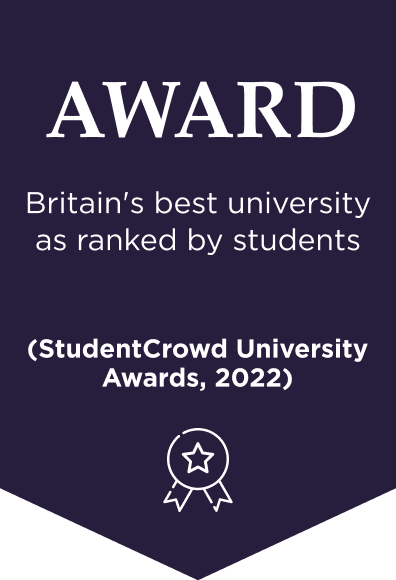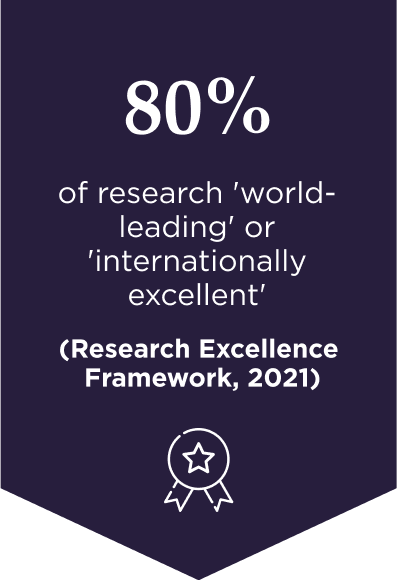How technology has impacted educational leadership
Posted on: January 26, 2022
In an article from 2006, published in the Journal of Information Technology for Teaching Education, Ian W. Gibson writes about the Global Forum on School Leadership. He describes it as a learning experiment that focuses on incorporating “a needed global orientation to leadership preparation following the September 11 and Bali tragedies”, and emphasises “the use of appropriately selected technologies to achieve expanded course objectives at the same time as transforming the learning model traditionally employed in leader preparation programs”.
A lot has happened since the events of 9/11 in New York and the Indian Ocean tsunami of 2004. The pace of progress in technological advances shows no sign of slowing down in the 21st century, and huge global shifts – primarily the pandemic – have forced us to welcome the use of digital technologies in all aspects of our lives. The integration of technology in everyday business, healthcare, and education has become a given, and new technologies have been necessarily adopted at speed. Organisational change is now a priority if it wasn’t already. Where does this leave educational leadership?
The focus has shifted from the primary drive of using educational technology to update the methodology of teaching or contribute to school improvement, to one of incorporating tools for digital natives. Generation Z is the first generation to have been surrounded by screens from birth, and so they have intuitively understood touchscreens and apps from an early age. The challenge for educational leaders is to meet them where they are – with tech-savvy student learning that challenges and stimulates them, while building on their competencies. Add to this that much learning for students of all ages – whether at elementary school, middle school, secondary school, or university – has been online-only during lockdowns, and the need for robust information and communication technology (ICT) in learning environments is evident.
Not only has this had an impact on pedagogy, but also on educational leadership. The need to integrate technology into teaching appropriately is not the only challenge though. The way in which new technologies can be harnessed to help school leaders and educators collaborate and progress in their own professional development is also a pressing issue. Managing this successfully can help provide support in whole communities as well as connecting school districts.
With long periods of home-schooling during the height of the pandemic, it became evident that there was a real need for collaboration between teachers, those in leadership roles, school administrators, parents, health professionals, and social workers. Communication between all stakeholders has been crucial in ensuring inclusion and equality in teaching. In Argentina, the Varkey Foundation created a social platform called Communidad Atanea, which has helped over 15,000 teachers connect and share initiatives and teaching strategies as an online community during the ongoing Covid-19 crisis. As well as being able to access MOOCs (massive open online courses) for teacher education and gain inspiration from peers, the platform allows members to participate in challenges like learning how to use TikTok as a tool to help with learning.
Another case study is the use of WhatsApp groups to link up teachers with their peers and with their students, which has been successful in countries such as Malaysia and India. In the west, most students have the privilege of owning or having access to a computer or tablet, as well as a reliable internet connection. In most of the rest of the world, it’s important for school principals not to lean too heavily on educational technology and instead combine both high-tech and low-tech learning processes. This requires coordinating hard copy versions of assignments and providing support from teachers through WhatsApp where possible.
Professional development is an important factor in teachers confidently adopting technology resources. But effective use of technology in the school system requires that pupils have a strong grasp of digital citizenship. Younger students may be digital natives, but they still need to learn about responsible and ethical digital behaviours and how to exert boundaries. This is where technology leadership becomes key in understanding some of the pitfalls of online learning and the access this brings to the internet at large.
A Pew Research Centre survey from 2018 demonstrated that 59% of the U.S. teen respondents had personally experienced at least one of six types of abusive online behaviours. These included offensive name-calling, the spreading of false rumours, and receiving explicit images that weren’t asked for. School technology leadership plays a part in educating students on higher levels of personal safety, including protecting their privacy and identity, as well as maintaining a sense of well-being when using tech. If a principal is up to speed on these issues and displays awareness, it is all the more credible and reassuring for students. Sites like commonsense.org can help with interactive lessons and activities, but in a digital age, effective leaders will be able to relate their own experiences of managing digital citizenship to teach and inspire.
Student achievement relies heavily on student well-being, and as well as problems like cyber-bullying, the reliance on screen-based learning can cause burnout. In 2016, the American Academy of Pediatrics recommended no more than two hours a day of screen time for 5-18 year olds. Just two hours a day almost feels like an impossibility now for that age bracket, and for students in higher education, who rely on their laptops for research methods, a high percentage of their time is spent online as well. Not only can they feel mentally fatigued, but “tech neck” and tension headaches are physical problems that are on the rise for all of us. For this reason, it’s important to offer a variety of learning experiences when possible and to encourage different instructional practises in the classroom that don’t involve devices, whether that’s working in smaller groups, open debate and discussion, or working on presentations.
New approaches to educational leadership
How the education system develops and changes will be somewhat dictated by how the pandemic plays out and the structures and management systems put in place in that time. Although we have some educational research into how people, and particularly children, are learning with the help of technology, the future of education in a post-pandemic world is yet to be shaped. How we navigate the next steps requires leadership skills for a complex world.
Discover how an online master’s from Keele could revolutionise your career in education and help you contribute to new ways of learning. A master’s in education offers a strong grounding in understanding some of the challenges of teaching today, including the implementation of technology.
For those who want to focus specifically on effective leadership, our part-time, 100% online MA Education Leadership and Management is the ideal degree.



